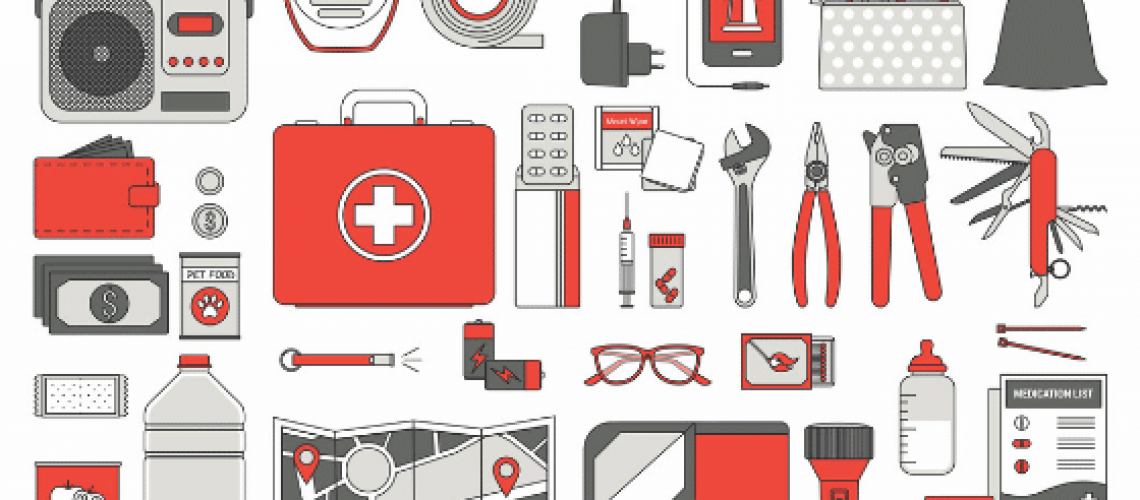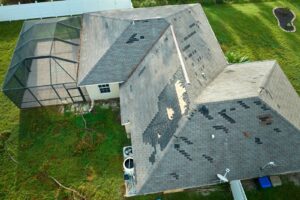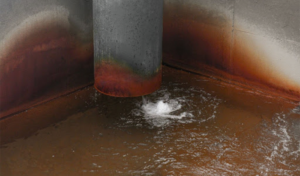Food and Water Supply
The first thing you’ll need to survive—food and water. Plan enough food and water to sustain you and all the members of your household for at least 72 hours. It is best to store nonperishable food that doesn’t need water or heating. If you store canned goods, be sure to include a can opener. Depending on your choice of food, you may also want to store some sort of silverware, plates, or napkins.
Water will also be necessary. Depending on the emergency situation, you may have access to unclean water. Having water purification tablets in your pack will help you to utilize any water source.
Change of Clothes
Including extra clothing is always a good idea. You may have your clothes torn or somehow affected by a potential emergency. Extra clothing may also provide extra warmth. Or in any case, just not having to wear the same clothing for 72 hours (or potentially longer) would be helpful. Packing a sturdy and comfy pair of walking shoes will helpful in most situations. A jacket is probably also a good idea, in case your disaster strikes in the winter.
Personal Hygiene and Care Items
Be sure to include anything you use or need day to day for personal care. Things such as toilet paper, moist towelettes, soap, feminine supplies, medications, etc. These items may differ based on your specific needs. For example, you may want to pack an extra pair of glasses or contact solution if you need that. Or if you have a baby in your family, you’ll want to include diapers.
First Aid and Safety Supplies
First aid is extremely important. Include an up to date and well stocked first aid kit. Other items you may want to consider including—a flashlight equip with batteries, matches, an emergency whistle, tools, and duct tape.
Paperwork and Backup Cash
Slip a little security cash into your emergency kit. You never know when you may need cash! It is also a good idea to include copies of important documents such as your birth certificate, insurance policies, prescriptions,
government IDs, etc. You may also want to include a map of your surrounding areas.
Communication
You may or may not have access to a working cell phone during an emergency. In case you aren’t able to use your phone, be prepared with a battery-powered or hand-crank radio. You may also want to include cellphone chargers and backup batteries, just in case.
Individual Needs
Your emergency kit may need specific things to meet your needs. Think of your day to day—what do you need? For example, if you have a pet, you may need to include pet food, a leash, etc. If you have children, you may want to include a game or two to help keep spirits high in a tough situation. Depending on how much you want to include, it may also be helpful to include sleeping bags, pillows, and other comforts. Personalize your emergency kit for you and your family’s needs.







